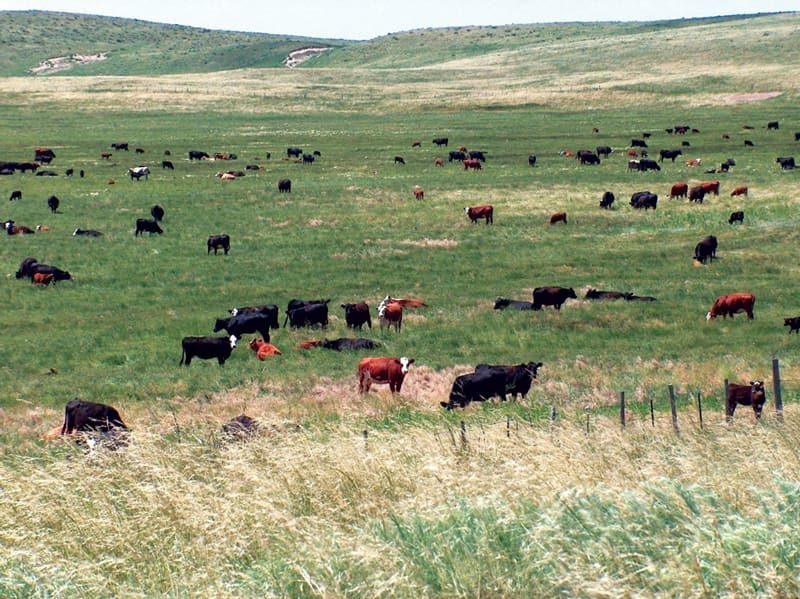No-Till Farmer
Get full access NOW to the most comprehensive, powerful and easy-to-use online resource for no-tillage practices. Just one good idea will pay for your subscription hundreds of times over.


Regenerative agriculture encompasses many different practices, including no-till, cover crops, adaptive grazing management, polycrops and intercropping.
Farmers combine some or all of these practices to create systems that focus on regenerating soil by building organic matter, which feeds soil microbes that recycle nutrients and perform other functions essential to productive, healthy soil.
Of all these practices, intercropping — growing more than one crop together in the field – is beginning to attract interest among western Canadian farmers, although Lana Shaw has been doing intercrop research for the last 7 years at the South East Research Farm (SERF) near Redvers, Saskatchewan.
In her own plot trials and through the experience of local farmers she has introduced to intercrops on their own farms, she has proven the many benefits it offers — including better soil health, increased productivity, reduced pest pressure, improved harvestability, better nutrient efficiency, improved resilience to drought or floods and, overall, more profitability.
“The people who are doing it find they get more profit growing two crops at a time instead of one either by the gross volume or reduced input costs,” said Shaw, speaking at Manitoba’s first Regenerative Agriculture Conference in Brandon last November.
Shaw’s first intercrop was chickpea/flax and she quickly found the areas of economic and agronomic adaptation will change when crops are combined, because together they provide synergies that farmers won’t get by growing them alone.
Ascocyhyta was reduced in the chickpeas and they matured 7-10 days earlier, even in problem areas of…